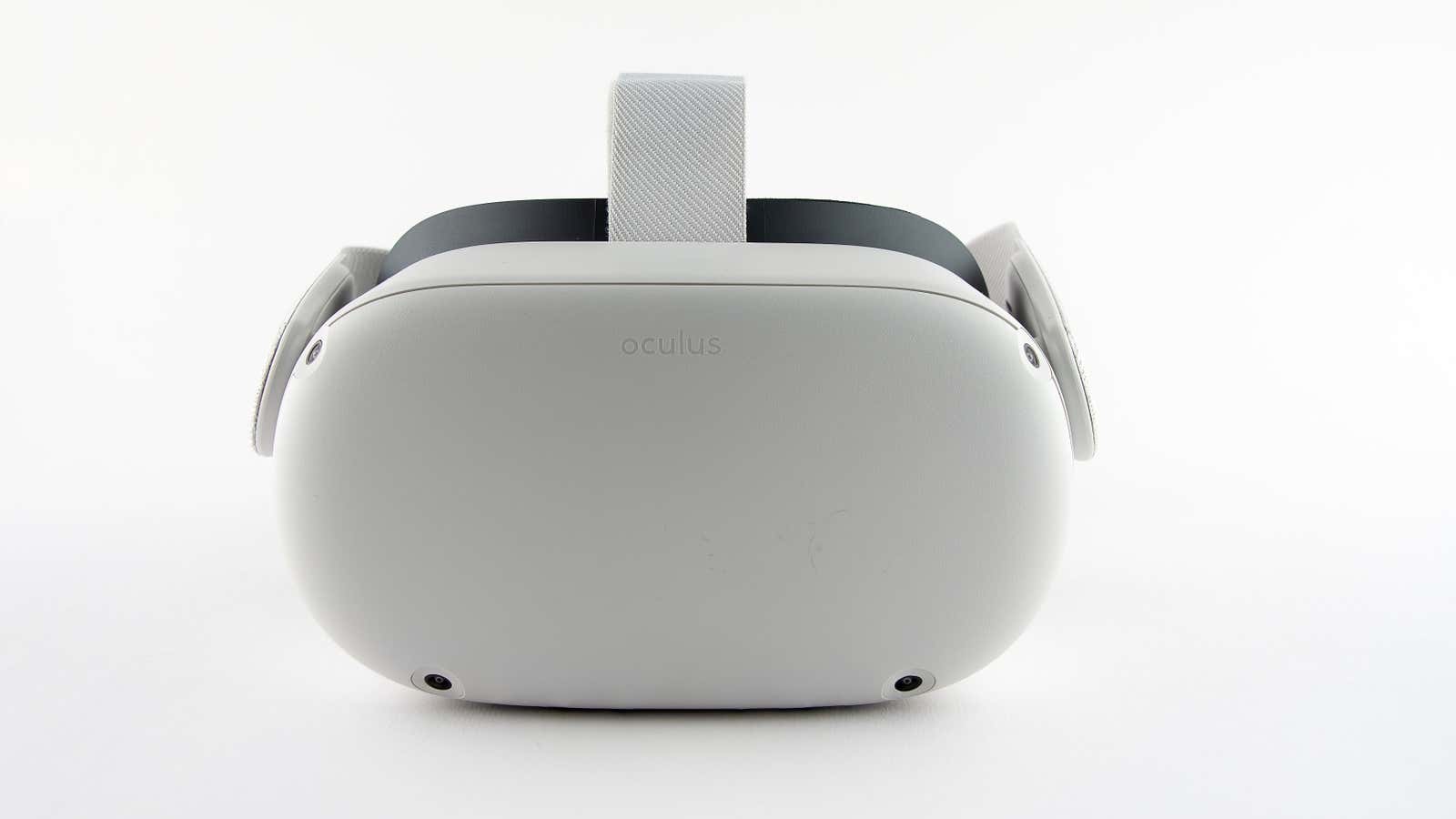How to Set up Wireless Streaming From PC to Oculus Quest 2

The Oculus Quest 2 is arguably the first virtual reality headset I’ve used over the years that was more than an expensive paperweight. However, there is another small snag that makes Facebook’s VR headset a little annoying for those of us with a lot of SteamVR games: you have to plug the headset into your computer.
The USB-C cable that came with the Oculus Quest 2 isn’t very long, so you’ll either need to buy the overpriced version of Oculus or grab a compatible (longer) cable that will do the job. However, if you can hold out a little longer, you won’t need it. As long as your wireless network is up to the task, you can connect your Oculus Quest 2 to your desktop PC wirelessly — for example, you don’t need to physically connect your Oculus Quest 2 to the desktop at all. Both must be on the same network (although I recommend a wired connection for your PC if you can handle it).
The new feature, known as Oculus Air Link, should appear (in theory) as part of version 28 of the Oculus headset software and companion PC app . I say this with a doubt, because now I use both options and do not see the possibility yet. (I had to take part inbeta testing the Oculus software to gain access, so the final public release might unlock said feature.)
However, before you start worrying about it, let’s talk about your network. In order for your Oculus Quest 2 to talk seamlessly to your desktop PC, you’ll need the best possible headset connection. This means setting up a 5GHz AC wireless (dual stream or AC1200) as a minimum.
You need to make sure your rift is connected to your 5GHz network, which may require you to split your home setup into separate 2.4GHz and 5GHz networks if you allow your router to use the same SSID for both. As Oculus notes , “Air Link performance can be affected by switching the Wi-Fi channel from 5 GHz to 2.4 GHz during a session.”
Finally, know that you probably want to be closer to the router – ideally in the same room – rather than a couple of rooms down from the router to get the best wireless performance possible. Oculus itself recommends staying no more than 20 feet from the router, which means this solution will prevent you from walking in and out of the corners of your huge house while playing. (Although, if you do try this, be sure to turn on the Oculus Quest 2 background, which shows your real surroundings, so you don’t kill yourself.)
As a reminder, you need to update both your Oculus Quest 2 and the Oculus PC app in order to use Air Link. In a headset, it’s as easy as going to Settings> About and checking for available software updates or installing them.
You will most likely be asked to plug in your headset to begin the update, so make sure you are within reach of your desktop PC (and have a USB-C cable handy).
You will need to restart your Oculus Quest 2 as part of the update process, but you’ll be ready to go again immediately.
On a PC, updating an application is as easy as launching it. When you do, you will receive a notification that an app update is ready, if one exists. And you can subscribe to the public beta to access the features prior to their official debut by going to Settings> Beta :
Once you’ve done both, you’ll (eventually) see the option to turn on Air Link from this beta tab. Then put on your headset and go to Settings> Experimental Features.
From here you can also turn on Air Link as soon as the function is launched. Turn it on and you should be fine as soon as you plug your desktop into your headset. Don’t forget that you’ve turned on an experimental feature, as you’ll need to turn it off to turn off Air Link if it doesn’t provide a smooth experience like plugging your headset directly into your computer. By now, however, you’ll be able to adjust the Air Link bitrate right from your Dash, so feel free to experiment with the settings to get the best wireless VR experience on your network.